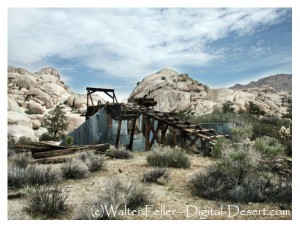by Glenn Adams
A rental sign could honestly read, “Doublin Gulch, modern cliff dwellings for men only.” But these living quarters, carved out of the earth, are never rented.
They belong to the occupants while they live there, and the first man to move-in is the next owner. It is not a written law, but is a habit and custom of the country and is respected by rich and poor alike.
It started with Dobe Charley when he needed a home. A tent was too hot in summer and too cold in winter. he pondered the problem through one cold windy winter and one hot desert summer.
When “camping out” became too unbearable he took refuge in an old deserted mine tunnel a few miles from Shoshone, and was comfortable. He was protected from all weather hazards, but it was too isolated to suit his tastes.

” Why not make a tunnel in a hill closer to town?” the idea grew, and he looked all over the hills close around. Finally he picked out what he considered an ideal place.
It was a cliff of hard adobe mud, within easy walking distance of the general store and post office. Not that he intended to walk, that is, that while his motorcycle would run.
He dug out a whole as big as a medium sized room and put a door on it. When it was finished to his satisfaction, he moved in and became the envy of all the loafers in the little desert oasis on the fringe of Death Valley.
Joe Volmer, a retiring, middle-aged man, got himself a dwelling nearby. His consisted of several rooms connected by tunnels. To enter one of the rooms one must pull aside a cupboard and go a short distance down a ladder through a narrow passageway.
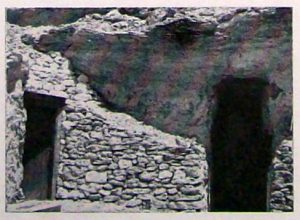
The Ashford brothers, Harold and Rudy, decided to follow suit. They were dapper little fellows, very English and very neat and clean. Their cliff dwelling reflected them, neat and across the gulch from the others. like its occupants, it stood a little apart from its companions.
Bill, big and lazy, liked Doublin Gulch, but hadn’t the ambition to dig a dwelling. He built his one-room shack on a level place against the cliff.
Crowly, aggressive and authoritative, look it over and chose the point of the hill, a position dominating all the other cliff houses. An imposing location, but like its builder, it was untidy.
Crowly appointed himself a sort of Mayor of Doublin Gulch. If the others resented it they gave no indications. Mostly they did not mind as long as no one interfered with their way of life.
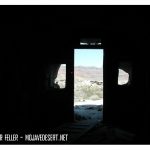
Other men settled along the cliff. Thrown together by circumstances, these men were a variable lot. For the most part their past was a closed book. Some, no doubt, came to escape this or that, but on the whole they lived as they pleased, working at the nearby mines until they had saved a stake, returning to their cliff dwelling to live the leisurely until it was gone.
When one has finished with this life and needs his home no longer, another drifter, perhaps fleeing from his past or maybe just tired of the sorrows and troubles of the outside world and finding solace in the desert, moves in.
Thus these cliff dwellings of Doublin Gulch have passed from one occupant to another.
Who can tell what secrets they have hidden or what sorrows have been soothed by the quiet and solitude of these rugged refuges thrusting their doors from the face of the cliff like turtle’s heads from under their shells.
Ghost Town News
Knott’s Berry Place
Buena Park, Calif.
December 1944
Dublin Gulch Photos
“Warm in the winter, cool in the summer, the caves carved into the soft material of the banks of this wash were home, at one time or another, to people … ”
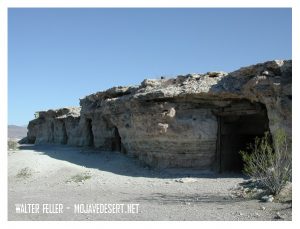
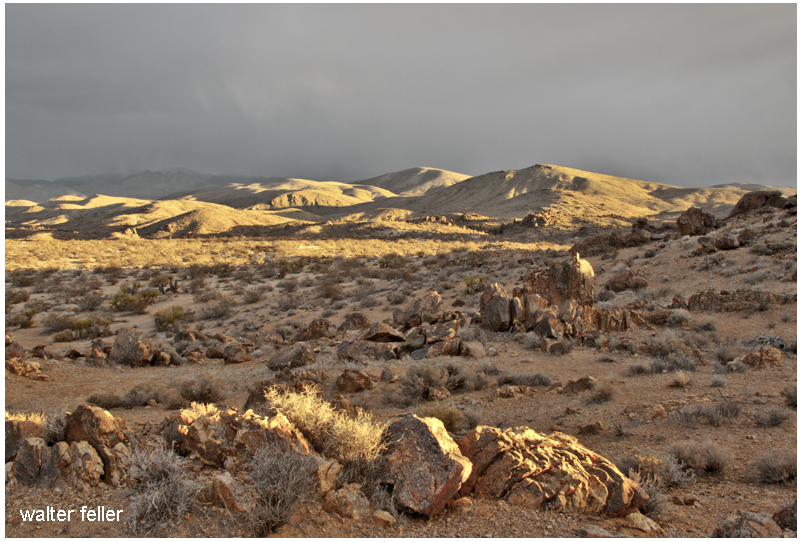


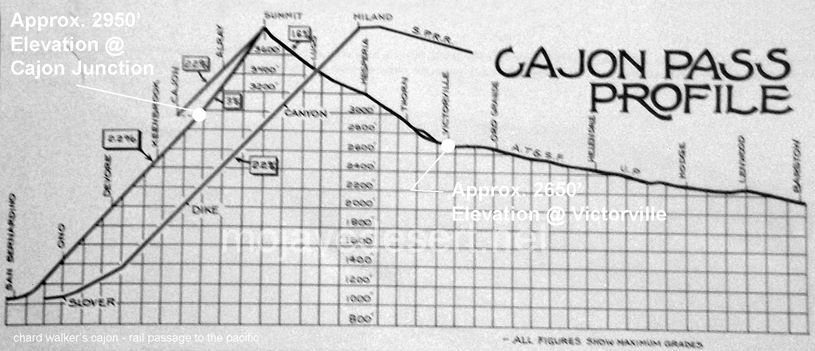
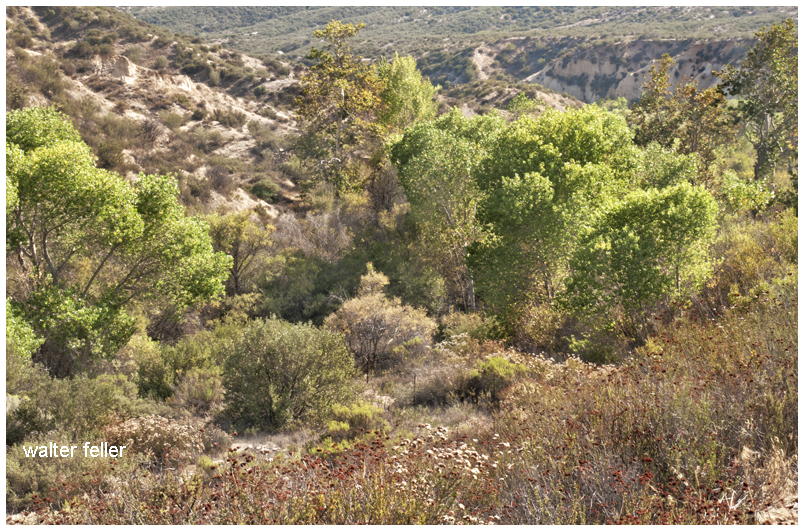

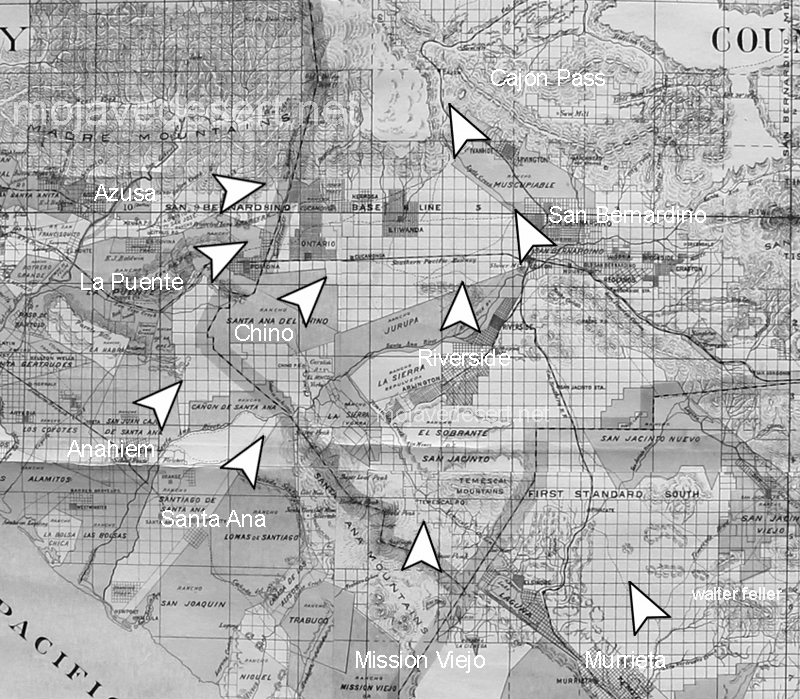

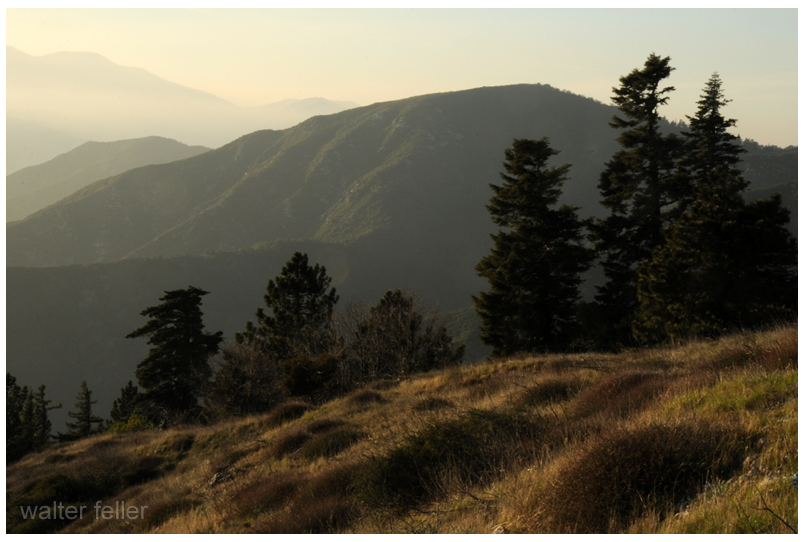
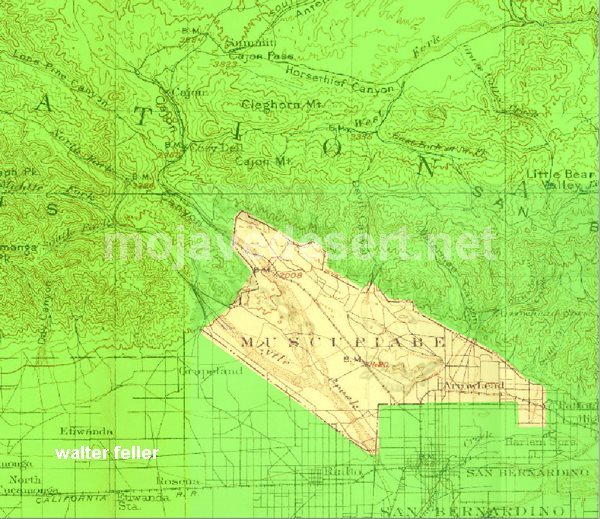


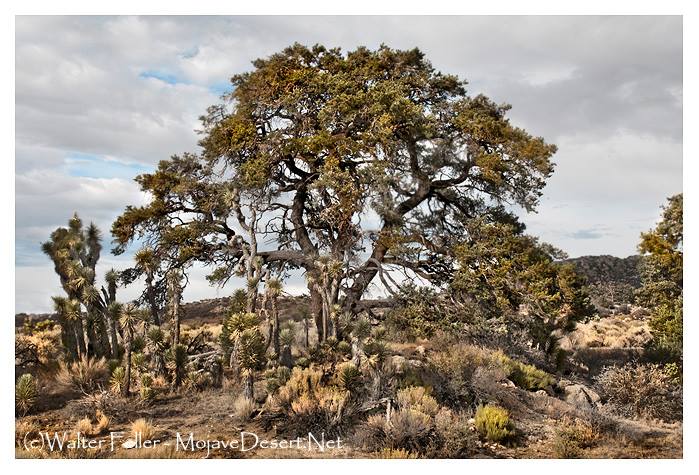



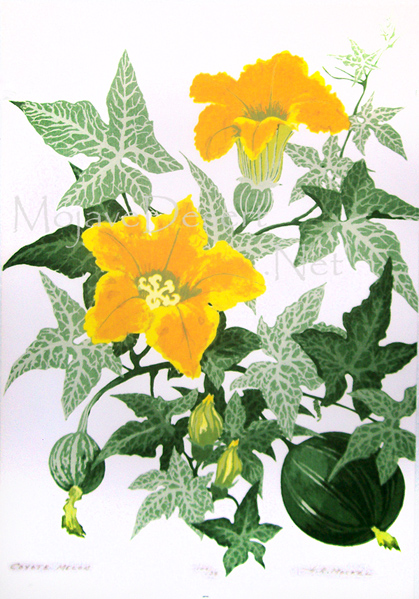


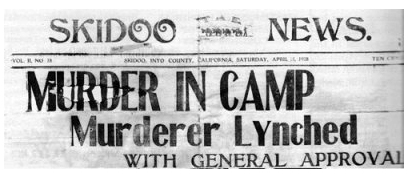

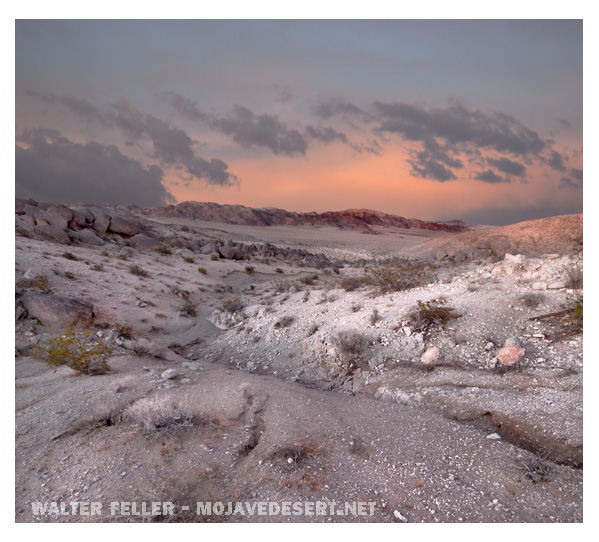
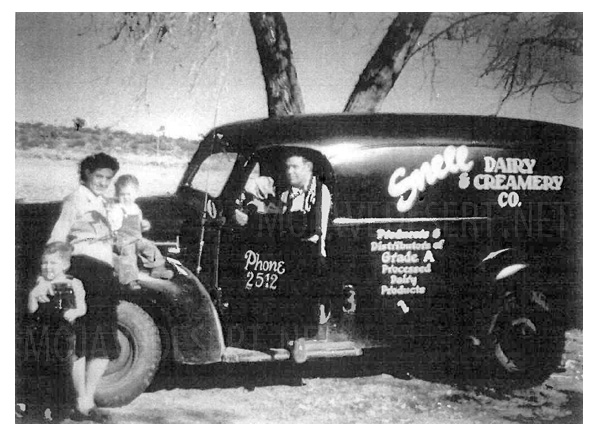



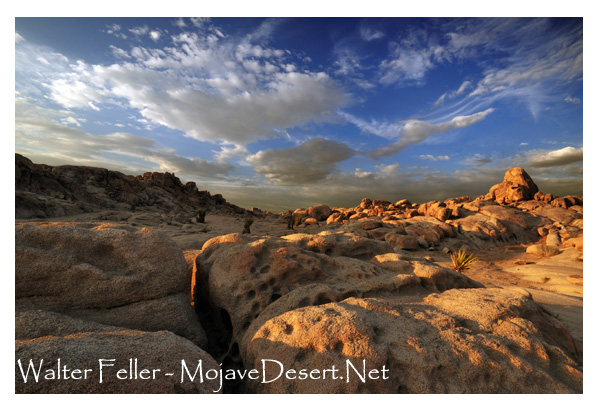



 A stranger tied his horse at the rail near the window of Slim Riffle’s Owl Cafe, and left to look over the crop of tomatoes. The horse put his head through the window and asked for a martini with a dash of horseradish. The bartender mixed it and handed it to him. The horse drank it smacking his lips.
A stranger tied his horse at the rail near the window of Slim Riffle’s Owl Cafe, and left to look over the crop of tomatoes. The horse put his head through the window and asked for a martini with a dash of horseradish. The bartender mixed it and handed it to him. The horse drank it smacking his lips.